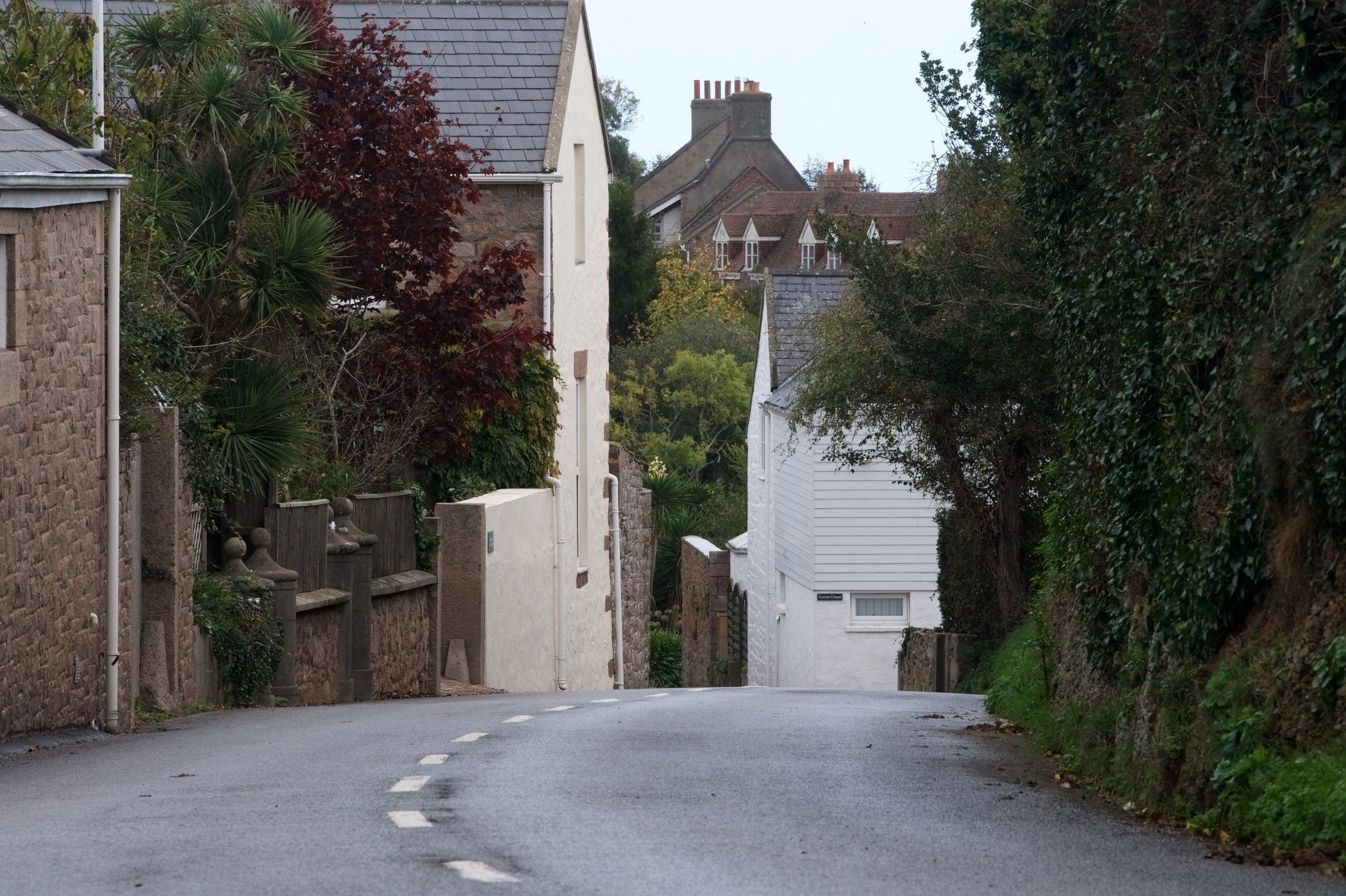IF you go down to Rozel today you could be in for a big surprise…
Islanders may have heard of the Beast of Bodmin Moor but now the Giant Rat of Rozel can be added to the list of mysterious animal sightings across the British Isles, after an unidentified creature was spotted on Jersey’s north-east coast.
Described as a ‘ginormous rat’ similar in size to a cat by the Islander who reportedly came across it, the animal was seen on Route du Côtes du Nord.
Daniel Bryant said that it ‘came towards me hissing’ after he tried – unsuccessfully – to get a photo, although he added that this behaviour may have been out of self-defence.
Mr Bryant appealed on social media for help in identifying the creature, saying it ‘looked like a massive rat…had whiskers like a rat and a tail like a rat’ but was as big as a ‘full-grown cat’.
A number of members of the Jersey Wildlife Facebook page suggested that the animal could have been a coypu – a semi-aquatic rodent with beaver-like features.

A coypu (34527287)The coypu originated in South America and was later introduced to France and parts of the UK, primarily by fur farmers.
It is not a complete stranger to the Island’s shores, although the last sighting, in 2020, was of a long-deceased one in St Ouen’s Bay.
Others have been reported dead on the east coast.
Environmentalist and JEP nature correspondent Bob Tompkins said this was the first reported sighting of a coypu that had made the crossing successfully.
The creature was commonly found in estuaries and beaches on the French peninsula, he said.
There are coypu colonies in the Rance river, which flows into the sea between St Malo and Dinard.
Mr Tompkins said: ‘This one was probably a young and inexperienced coypu which was washed down an estuary and picked up in the tidal stream. Normally they drown after being washed around by the tide and arrive dead.
‘They are not common in Jersey. We usually find them dead washed up on beaches in the east coast of the Island. This is a one off – I’ve never heard of one making it to the shore alive.
‘The last one I saw was three or four years ago at Anne Port and it had been dead for some time.’
Despite its reported aggressive behaviour, Mr Tompkins said the copyu was an omnivore and posed ‘no danger to humans’.
‘If they see a human they’ll run away,’ he said.
Mr Tompkins added that, having been spotted in the Rozel area, the rodent could be moving towards the reservoir on Route du Côtes du Nord.
He said: ‘One of their instincts is to follow water. About halfway up the hill that runs up to the Côte du Nord there is a large irrigation reservoir. Up from that there is another pond system – they would be over there to find food.
‘It’s typical of the rodent family to eat vegetation, they are very resilient creatures.
‘They pose no danger to local wildlife, in fact local wildlife is more dangerous to them. If they came across a dog that would be it for them.’
– Mr Tompkins said that if an Islander spotted a coypu they were encouraged to contact the Environment Department, and that if a mammal was sighted again, the spotter should contact either Durrell or the Animals’ Shelter.






